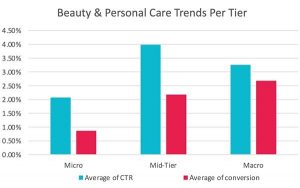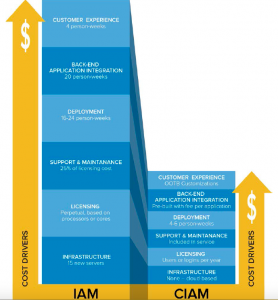If your website doesn’t engage users, they will disengage. ICYMI, this is the reality of the Internet today. There’s nothing worse for your company than a frustrated user on your site! You have a very limited amount of time to make a good impression and sell users on the merits of your website or product—use it wisely.
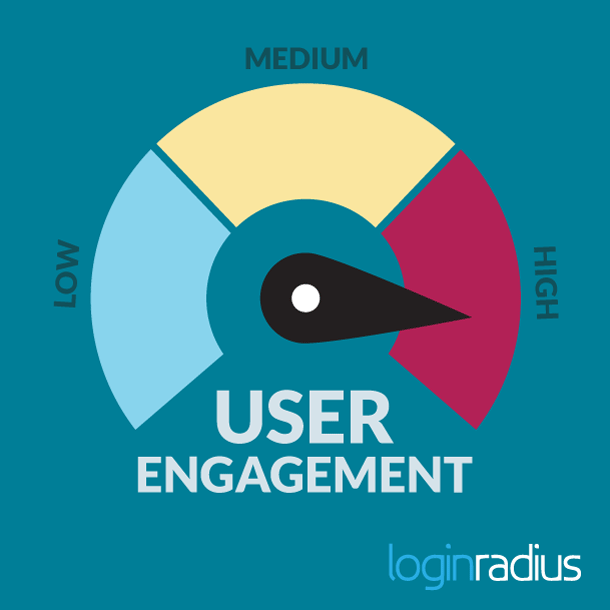
The first impression is often your only impression, and you really need to make the most of it. So, what better way to enhance your user engagement than to utilize the current tools and resources available to you?
The following takes a look at the importance of engaging users, how to create meaningful interactions with your users, and engagement tools that you can implement today to enhance the user experience on your website.
User Engagement Is Unique for Every Website
The specific definition of user engagement varies from site to site. Every company has their own way of defining the terms and the types of engagement that they want to focus on. Generally speaking, engagement is an experience that satisfies the customer in a positive way. It must also create a precedent for the future and create mutually beneficial interactions between the brand and the consumer.
Basically, this means that your customer enjoyed the experience and the perceived value, which is a win-win for everyone. In the most ideal world, the consumer would then communicate with your company and other users to share their experience, making them an engaged (and probably a repeat) customer.
Truly successful forms of engagement—the engagement that turns users into customers, and customers into repeat customers and brand advocates—comes from development with your customers in mind, whether it be from designing your website, creating content, or interacting with users.
The Impact on Your Bottom Line
User engagement has a direct impact on almost every facet of your marketing efforts.
“Your bottom line is riding on your ability to deliver excellent service while you are meaningfully engaging customers. In order to build loyal relationships that extend and last, you need to understand the basic principles of the new definitions of customer engagement and put them into action,” says Wendy Lea in The New Rules of Customer Engagement.
Lea suggests 5 approaches to creating meaningful engagement:
- It exists in a full spectrum of online and offline experiences.
- It needs to be truly customer driven.
- It needs to be mutually beneficial.
- It happens anytime and anywhere (on your website, blog, social media, mobile).
- It should be results driven.
Boost Your Marketing Efforts
Regardless of how you define it and what your current engagement levels are for your website, everyone wants it to remain steady and increase gradually over time. Why? Because increasing engagement levels will boost your marketing efforts in a variety of ways, including:
- Increasing conversions.
- Lowering your high bounce rate.
- Increasing your search engine visibility.
- Increasing your social media following.
- Building trusting and long term relationships with your users.
- Enhancing the perceptions of your company and brand.
Boosting engagement levels also helps you learn more about your customers. It allows you to get a better understanding of what they like and don’t like, what they think about your brand, and ways you can improve your website and your company. All of this information can be used to improve your marketing, level of service, and to better address your user’s wants and needs.
There are 6 key tools that can enhance your user engagement:
Tool #1: Social Login
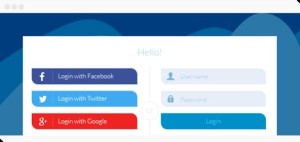
Social login eliminates barriers by allowing users to interact and engage with your website using their preferred social account. Less work for the user = happiness for everyone.
But hey, we aren’t making this up. The stats speak for themselves:
- More than 50% of online users will opt to go to another site rather than complete yet another sign-up form.
- Around 90% of the users who do register won’t come back to your site if they forget their username or password.
- 73% of online users prefer to log into websites through social login.
It’s pretty clear—sign up forms and online registrations will negatively impact your users’ experience and their willingness to interact with your website. Social login can enhance user experience on your website and landing pages in a number of important ways, including:
- Social login makes it easy for prospects to connect their social account instead of filling out a web form. It takes less than 5 seconds!
- You gather accurate information about your prospects along with their social account profile.
- This process also filters out non-serious prospects who may waste your sales/marketing teams’ time.
- You can combine both social login as well as web form submission to capture a lead.
Tool #2: Social Sharing
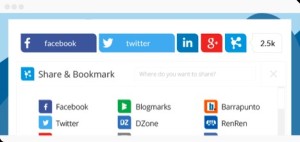
Social sharing is an effective tool for engaging users before they reach your website. With close to 75% of online users having at least one social networking account, it’s an area you cannot overlook if you are looking to improve user engagement.
Face it – Internet users want and expect your website to offer social engagement, and if you fail to provide it, you will fail to improve user engagement. It’s as simple as that.
“Social sharing has emerged as a tool for converting online visitors into brand ambassadors by making it easy for users to distribute your marketing message by sharing it within their friend circle. It is one of the most effective ways to drive referral traffic without spending a penny working as a completely organic growth strategy,” says Rakesh Soni in 4 Effective Ways to Boost Traffic by Adding Social Share Buttons
Social sharing provides new and returning users with the opportunity to engage with your brand by sharing content, commenting on posts and sharing reviews, but most importantly, it allows your users to engage with others about your brand.
By having the ability to customize and position social sharing widgets on your website, it gives your users a quick and easy way to engage, share, and even promote your brand.
Tool #3: Hubspot

HubSpot is an effective inbound marketing and sales software tool that offers companies of all sizes a comprehensive platform to engage users through integrated marketing solutions. The platform provides you with access to blogging, social, SEO, CRM, email, and analytics tools to engage users at all points of the sales funnel.
HubSpot allows you to attract users through blog posts, ebooks and other content, convert traffic into leads, and engage customers through personalized and relevant inbound experiences.
Tool #4: Klout
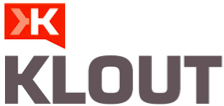 Klout helps you enhance your social marketing campaigns. It allows you to have a greater impact through creating and sharing the content that your users are looking for. Klout makes it easy to create and schedule social media messages; it assigns a score based on your social impact, and tracks how your interactions impact your social engagement levels. And as a nice little bonus for you it also suggests shareable content that your users would be interested in based on your interaction with the tool.
Klout helps you enhance your social marketing campaigns. It allows you to have a greater impact through creating and sharing the content that your users are looking for. Klout makes it easy to create and schedule social media messages; it assigns a score based on your social impact, and tracks how your interactions impact your social engagement levels. And as a nice little bonus for you it also suggests shareable content that your users would be interested in based on your interaction with the tool.
All it takes is a quick login using your Twitter or Facebook account and you can start engaging with your users immediately.
Tool #5: Social Mention

Social Mention is a real time social media search and analysis tool that helps companies stay up to date with what is trending online. It aggregates user generated content and allows you to search blogs, bookmarks, comments, events, images, and news and media, to keep you in the know. It also displays the latest mentions, sentiment ratings, top keywords used, top users, and top hashtags and sources, allowing you to use this information to craft highly engaging and relevant messages to connect with your users.
More importantly, it allows you to measure what people are saying about your company, a product you sell, or even a specific person within your organization in real time. With the ability to monitor more than 100 social platforms, it’s a highly effective tool to help to manage social engagement online.
Tool #6: sproutsocial

Sprout Social is a social media management platform that helps companies create cohesive and engaging user experiences across multiple networks. It helps you identify opportunities to engage and enter conversations with your users, allows you to publish messages online using the top social networks, and it offers analytics insights so you can measure, analyze, and refine your social efforts.
8 Simplified Tips to Increase User Engagement
But wait, there’s more! In addition to using the engagement tools mentioned above, here are 8 extra tips worth considering to improve your website engagement levels:
- Create great content. Write content that your users want and are looking for.
- Get social and interact with users. Respond to comments, thank users for their input, and encourage them to stay engaged.
- Add appealing images and use attention getting headlines when producing content.
- Simplify your website design and eliminate redundant pages.
- Break up your content into shorter and easier to read paragraphs.
- Ask your users to engage, comment, share, and like your content.
- Consider a reward mechanism or dashboard that provides the most active users with badges and incentives.
- Make social engagement as easy as possible – remove as many barriers as you can.
To Conclude
Engagement is the currency that drives your website. Increasing your levels of user engagement will have a positive trickle-down effect on your marketing efforts, and more importantly, it will help boost your sales and ROI.
At the end of the day, increasing user engagement comes down to creating meaningful and lasting interactions with your users. Social engagement tools will help you effectively create a more inviting and sustainable environment for your users.
(223)


